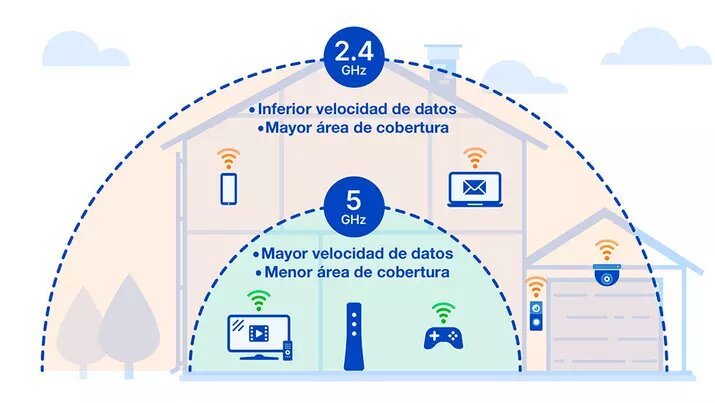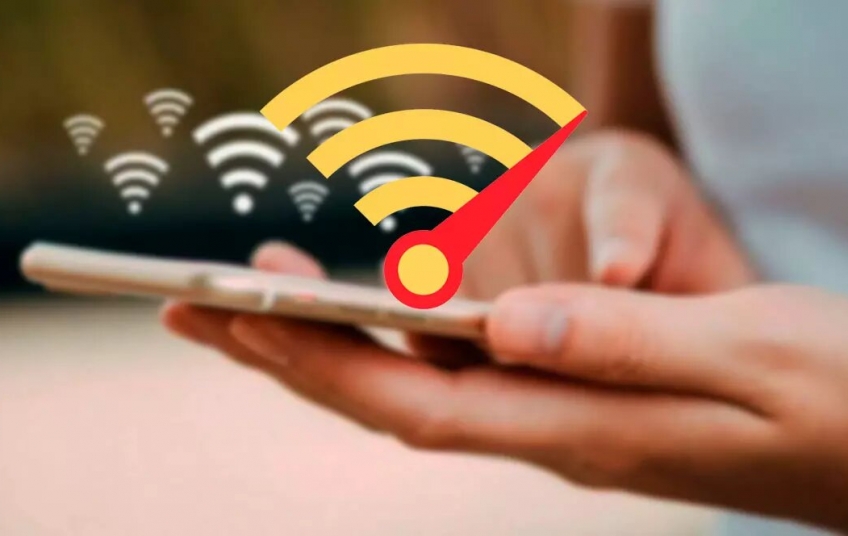When we connect wirelessly, we can have certain difficulties with Wi-Fi that translate into a bad user experience. A poor performance of the wireless connection on our mobile will not only deprive us of having a proper browsing speed, but it can become very expensive if we need to use our mobile data frequently and we do not have an unlimited rate.
So that you do not have to depend on spending your mobile data when you do not play and you can have the fastest possible Wi-Fi on your mobile, follow the steps below.
Change DNS servers
If you use DNS that are not adequate, since we generally do not go beyond those provided by the operator, the performance may not be the most adequate, so you can change to others such as Google's and see if you notice any improvement.

Some of the reasons why we can change our DNS server assigned by our operator to Google's are precisely related to speed. Google is fast since it has up-to-date servers and it will direct us to the one closest to our location. In addition, your business is based on being a huge database, so the response time to our requests can also be less. For this reason, on many occasions it is faster to use these DNS than the ones our ISP has.
To make the change on your mobile (although it may vary depending on the model), you have to go to Settings, Connections, enter WiFi, access Settings on the network to which you are connected and look for IP Settings. Once in that section, you have to put it in Static and there you change the DNS servers for the chosen ones.
Some of the most recommended are those of Google (8.8.8.8 and 8.8.4.4) or Cloudflare's DNS (1.1.1.1 and 1.0.0.1) can also represent a quality leap.
Use the 5 GHz band (and WiFi 6 if possible)
Most of today's routers offer us two bands and we can connect to the 2.4 Ghz or 5 GHz network, and most devices assign one or the other intelligently without you having to choose manually. However, in others you do have to perform the configuration manually.

Whenever we have the opportunity, as in other devices within reach, we should opt for the 5 GHz band. The 2.4 GHz band is slower although it reaches further. And most routers work with both depending on the connected equipment and automatically managing the connections.
It depends on whether you want more speed or a greater range of coverage, you will choose one or the other, but if you have enough coverage and want speed, the 5 GHz band will be better. And if your mobile and router have Wi-Fi 6 you will see an even greater improvement. If you are going to be close to the router and you want the Wi-Fi to go fast on your mobile, you should definitely choose the 5 GHz one whenever you can.
Connect the mobile by cable
Yes, it may seem strange to you, but you can connect your smartphone via Ethernet and thus take advantage of all the advantages that this has in other devices such as Smart TV, computer or game consoles.
For this, we will need the help of an Ethernet adapter. This small accessory will allow us to connect the cable from the router to the smartphone through the USB port of our mobile device.
However, here the type of USB that the phone has also comes into play. Today, most Android mobile devices come with a USB Type-C port. Therefore, it will serve us with the following adapter:
On the other hand, if your smartphone has another USB port, as is the case with the iPhone, which comes with a lightning port, then the previous accessory will not work for us, so we will have to resort to this Ethernet cable adapter for iPhone.

Also, you don't have to worry, since it will be as simple as connecting all the cables and that's it. Therefore, we are not going to have to configure anything in this regard, or install any type of extra application. In this case, the most similar example is when we connect the computer to the router by cable.
By following all or any of these three tips, you will have considerably improved the quality of the network connection on your mobile and thus, whatever you want to use it for, everything goes faster and smoother.





